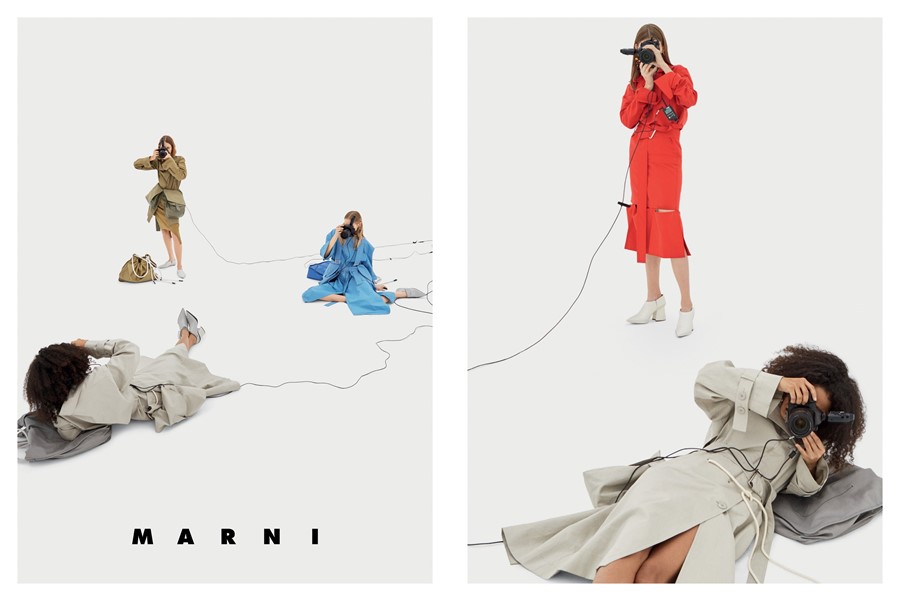After creating Marni’s photographically subversive S/S17 campaign, we talk to the image-maker brazenly breaking narrative rules
Barbara Probst is renowned for producing images that comment upon the seductive and illusory effect that photography so often employs. Cameras, studio lights and photographic equipment are intentionally made visible in her work and, as a consequence, the processes of image making become exposed to the viewer. When she began to work with the medium, Probst was initially interested in dissecting what a photograph actually is and how it functions, finding interest not in the subject itself, but rather in the many ways she could document it. Fascinated by the fact that there are countless ways of representing one and the same moment depending on the decisions of the photographer, she exploited this intrigue for the Marni S/S17 campaign, creating a mischievous subversion of the fashion photoshoot, with models appearing to turn the lens back onto her. Here, Probst speaks with AnOther about balancing photographic power, challenging the limitations of one-dimensional storytelling and some of the practitioners that so inspire what she does.
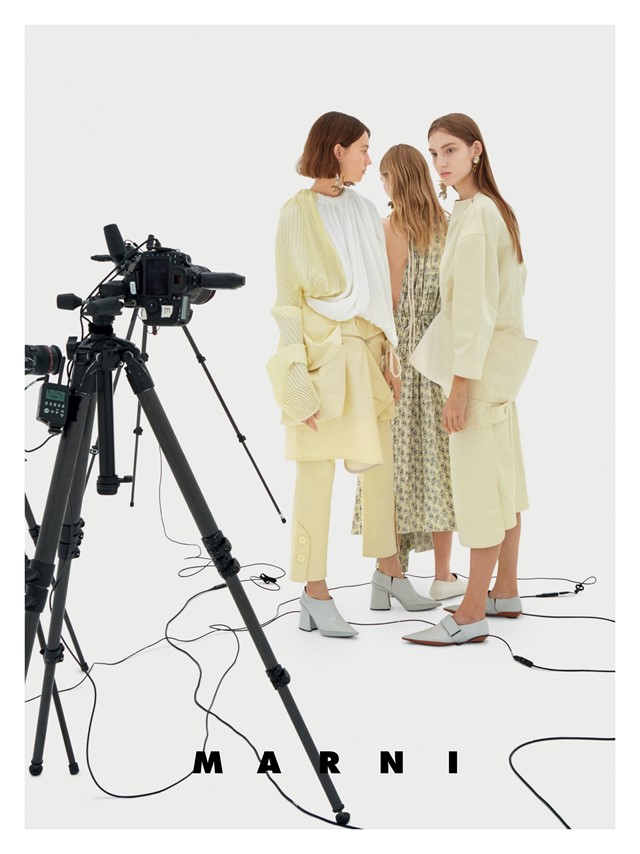
On the Marni campaign…
“Last September, Marni asked me if I’d be interested in shooting their next campaign. When I looked at pictures of their previous campaigns, which were also shot by artists, I decided to do it. In my work I’m interested in all photographic genres: still life, landscape, film still, portrait, fashion, snapshot, just to mention a few. I embrace all these diverse image types and play with their history, their meaning and their surface, as well composed pictures. Marni was ready to take on a challenge of doing something bold and I couldn’t say no. It was too exciting an offer.”
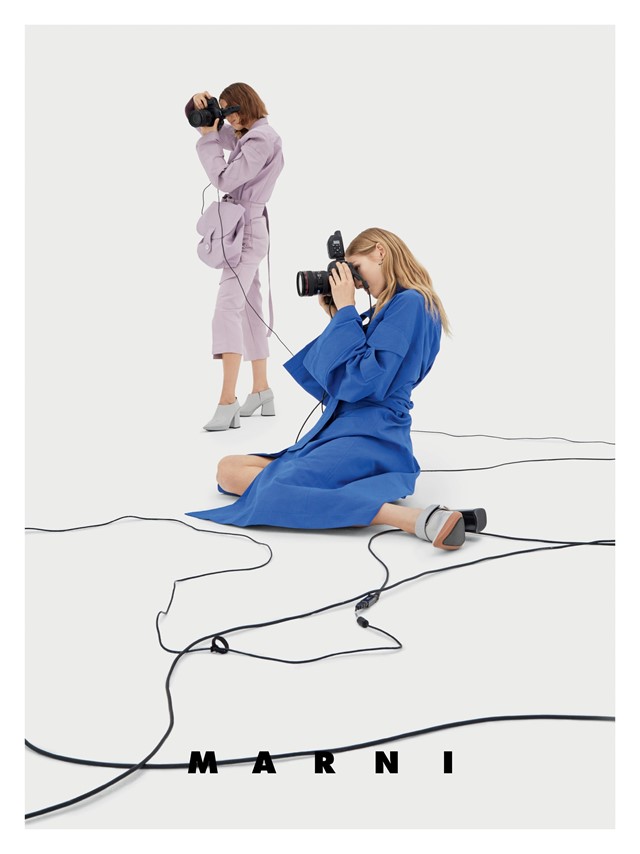
On shifting the balance of power…
“My shoots are more like performances. The model performs and plays an equivalent role to the photographers and the cameras on tripods. There is somehow a balance of power between all the elements of the shoot, because all parts are participating in a kind of play, including the cameras documenting it. In many of my images the photographers and the cameras are visible in the pictures and become ‘models’ in their own right. Formally, they allude quite a bit to fashion photography, but they do empower the model and thereby oppose fashion photography, a genre which reveals the imbalance of power in photography in the most obvious way.”
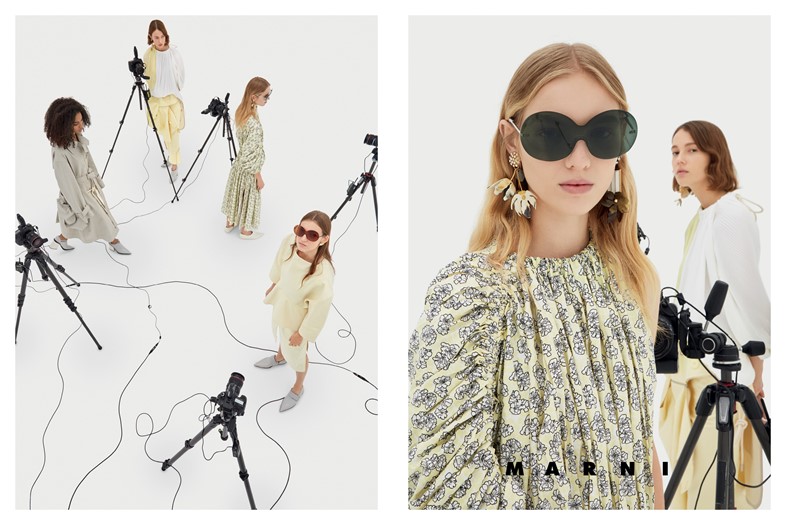
On her favourite thing about shooting fashion…
“Shooting fashion is exciting for me because it allows me to step out of the solitude of the studio and dive into a completely different world. I think the fashion world moves faster than the art world and therefore is more on the surface, which I find very refreshing and enjoyable. But I was definitely happy to be back in the studio afterwards, immersing myself in my own thoughts and projects.”
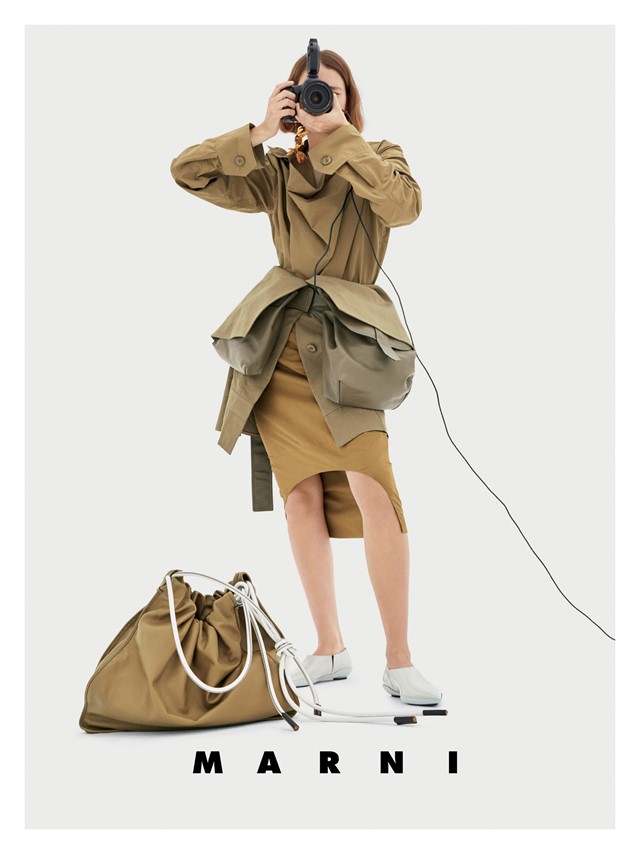
On the challenging the limitations of one-dimensional narrative…
“1960s writers and film directors who broke with the norms of storytelling and filmmaking intrigue me. The writer Alain Robbe-Grillet, for example, or the director Jean-Luc Godard. Their way of storytelling was to go against the expectations of the reader or viewer by creating cracks and gaps in the story or by unexpectedly changing the perspective. They treated the narrative not unlike a cubist painter treated space. And this goes back to the beginning of the interview. I’m interested in the how-is-the-story-told and not in the what-is-the-story-about. That said, I think our life is by nature like a one-dimensional story unfolding continuously from moment to moment. And that is reason enough to question it.”
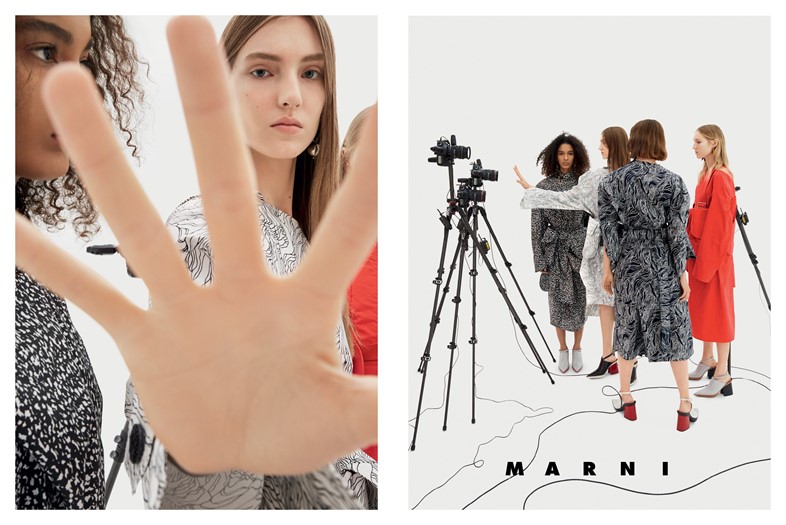
On her current favourite practitioners in art and photography…
“I feel that Stan Douglas’s video work is compelling in many ways. Especially The Secret Agent, a six-channel video projection that I saw last year in a gallery in Chelsea. I was taken by Shahram Mokri’s film Fish and Cat: it’s a movie-length film in one take that warps time, to reveal it as an illusion. Viktoria, by Sebastian Schipper, is a groundbreaking movie. Shot in one take, it takes you through a number of divergent film genres for 155 minutes, exploring locations, moods and emotions to a breathtaking end. As you can see, right now I’m mostly inspired by moving image.”
